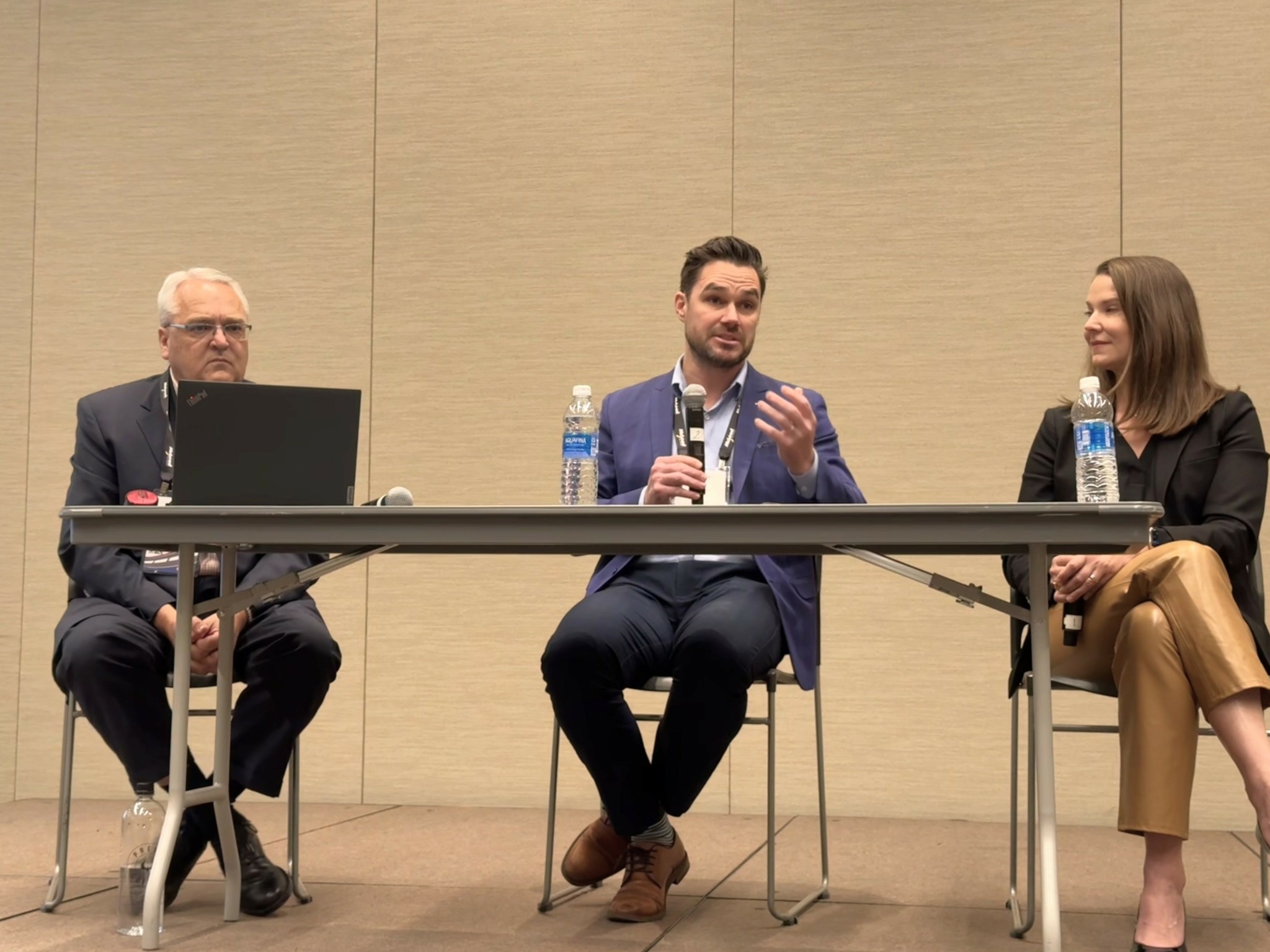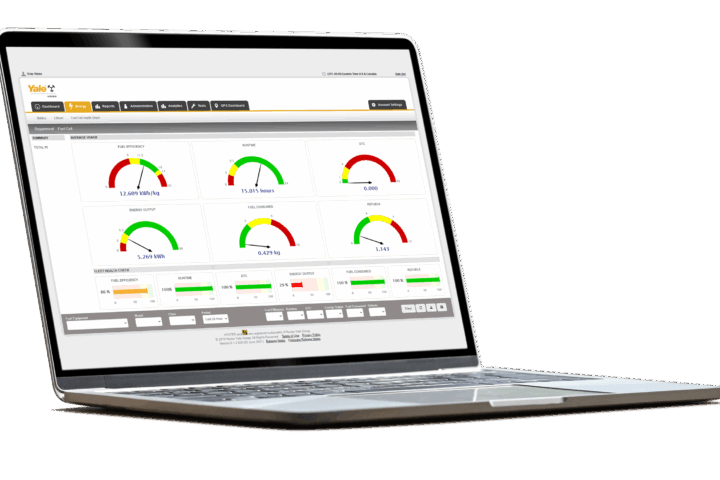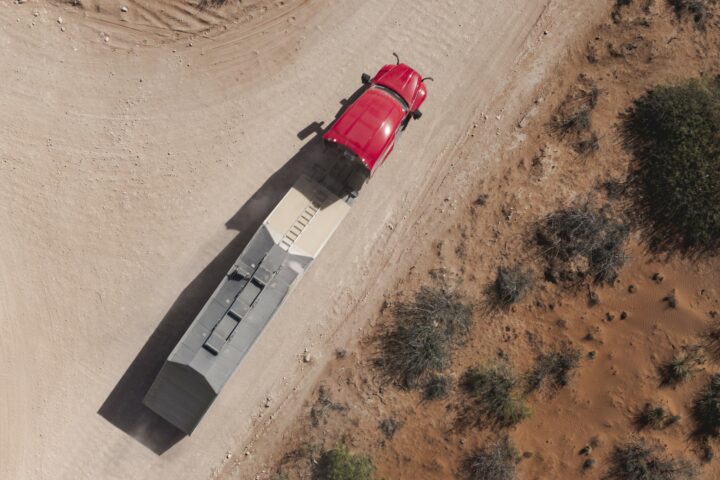The legalization of cannabis may have sharpened the industry’s focus on impairment, but experts say the risks go far beyond drug or alcohol use — and carriers need new tools to catch them early.
Industry should stop looking at the impairment testing as a way to punish or micromanage drivers – it is about helping them operate at full capacity in a demanding job, panelists said at the Truckload Carriers Association’s 2025 convention in Phoenix, Ariz.
Cognitive testing is emerging as a way to do that.
“When you look at impairments, one of the things we would say we are grateful for is that cannabis has put a spotlight on this question,” said P-J Barclay, president and CEO of Impirica, an Edmonton-based company that develops cognitive testing for drivers. He said since the legalization, more fleets started looking into the concept of impairment and how it is measured.

Barclay explained impairment should be understood as a loss of functional ability — especially cognitive — to operate safely in a specific environment, like a commercial vehicle. It could stem from medical conditions, stress, or personal crises. It is not uncommon for drivers who passed physicals to still exhibit impairment signs due to issues – sometimes undiagnosed – like heart disease, Parkinson’s, or severe emotional distress, he recalled from experience.
From screening to driver support
Garth Pitzel, associate vice-president of safety and driver development at Bison Transport, said his fleet has been using cognitive testing from Impirica’s Neuropulse platform for over a year. What began as a screening tool for entry-level drivers is now used more broadly — for owner-operators, return-to-work assessments, and drivers coming back from long absences.
“We’re [testing] all of our owner-operator drivers. We’re doing anybody that’s on short-term, long-term, WCB coming back to work, to make sure that they have the ability to be behind the wheel,” Pitzel said. “Even though the doctor says that person is physically able to do that, that doesn’t mean they are.”

He shared a case that occurred this January. While walking through a site, a manager mentioned a driver who had missed a lot of work. Pitzel followed up directly.
“His wife was in and out of the hospital for six months. He himself was rushed to the hospital 10 days before our phone call with an anxiety attack,” is what the situation was. “The last thing I need is for you to be driving along with your mind on something else,” Pitzel said. “The fact of the matter is, unless I walked through operations, and that manager came out and told me that story, that driver would have been driving up and down the road with his mind not on driving. His mind was on his wife and making sure she [is okay]. And that’s just one example.”
Testing process
Impirica’s Neuropulse cognitive assessment could detect that type of impairment in about four minutes, Barckley said.
It measures 11 of the 12 cognitive skills identified as critical for safe driving, including reaction time, field of vision, the ability to process stimuli, and cognitive processing. Drivers are given up to three attempts to ensure that results are not affected by environmental distractions or lack of comprehension. The test is delivered via the app.
“We’re providing a predictive measure of how a preferred individual performs behind the wheel,” Barclay said. “What we mean by high risk driving behavior is an individual would have required some form of intervention from a member of a public – if there was an evaluator on board or another road user – to take evasive action to avoid an incident from happening.”
The system draws on more than 30 years of research and over 210,000 real-world driving observations, he claimed, adding that it analyzes performance metrics such as error rates, time on task, efficiency of task completion, and how individuals respond to progressively complex cognitive loads. This allows the platform to establish a predictive model of safe driving performance based on peer-group comparisons.

Barclay also addressed concerns about discrimination and legal defensiveness. While he said the testing was challenged in court 14 times, it has prevailed in 13 cases. The one unsuccessful case involved a misapplication of the test on an individual with a broken leg, he explained.
“You cannot have a 55-year-old’s cognitive performance be measured against a 25-year-old’s,” Barclay responded to an age discrimination concern. “Everything we do has to be age-normal.” He also said the testing has been scientifically validated to be non-discriminatory and claims it is applicable across age groups and demographics.
However, he noted that cognitive testing should be used as part of a broader hiring and safety toolkit.
Bison’s Pitzel agrees. While the company has been using the testing, they do not rely on its results alone, especially when hiring new drivers. He said the company still relies on traditional two-hour road tests to confirm a driver’s real-world performance.

“Say, an entry level driver coming in, and we put them through that test, and their score is not good. We also did a road test, and it proved that right,” he explained. “Even today, we go through all of those processes, and then we say, you’re not a fit for our business. It’s not just the test itself.”
He compared the cognitive assessment to other innovations like training, collision avoidance and simulators already integrated into the fleet’s safety culture. “I think this is the next thing that is going to make our program even better than it is today… this is just another tool of the toolbox that could help [in] making sure you have the right driver behind the wheel.”
Effects on driver turnover, ROI
Beyond safety, Bison Transport is also seeing returns from integrating cognitive testing into its training and hiring model — not by cutting spending, but by spending more effectively.
“We have not reduced our training budget. We’re still investing millions, millions of dollars in our training program for our entry levels,” Pitzel said. “We just need to do it smarter and get our bang for our buck.”
Previously, Bison hired only experienced drivers. But now, 60% of new recruits go through a formalized training program — about 360 drivers per year. Cognitive testing allows Bison to better identify which drivers are likely to succeed earlier in the process, reducing costly late-stage training failures.
“We’ve been able to drop our turnover in that forum by 10 points,” Pitzel said. “That’s huge, right? When you’re doing 150 [hires], 10 points is 15 drivers and say it’s even $1,000 a week, easy, that’s a whole lot of cash.”
He also emphasized that the approach has been positively received, especially by younger drivers, and is not seen as a punitive measure, as it aligns with their ‘right to refuse’ policy in place. “We’re fortunate that our operations department supports that. That happens all the time. There are lots of times where our driver will just say, ‘I’m feeling well today, I’m shutting down for the rest of the day.’”
“We need them at 100% of their abilities, every minute of the day, while they’re behind the wheel. And if they’re not, there’s risk to that,” Pitzel said. “If we have a tool to help with that, we gotta look at it and embrace it.”









